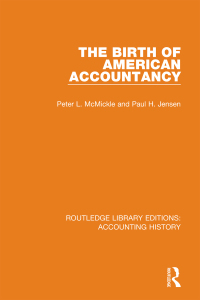Question
Capital asset pricing model (CAPM) is a widely accepted, though controversial, theory of asset pricing in the capital market. According to CAPM, the expected return
Capital asset pricing model (CAPM) is a widely accepted, though controversial, theory of asset pricing in the capital market. According to CAPM, the expected return of any asset in the capital market is a linear function of the expected return on the whole market and the expected return of the risk-free rate. Mathematically, the model is stated as per Equation 1:
E(Re) = E(RFR) + *E(Rm RFR) (1)
Where E(Re) is the expected rate of return on a specific asset, E(RFR) is the expected risk-free rate, is the sensitivity of the stock return with respect to the overall market return, and E(Rm RFR) is the expected capital market risk premium.
Empirical verification of CAPM is done by running a regression model of historical returns of stocks against historical returns of the overall market.
In this CLA 2 assignment, your professor will assign you the stock of a publicly traded company to conduct the following:
- Download the stocks last 10 years monthly price history from yahoo finance or other sources.
- Select a broad stock market index, such as the S&P 500 Index or the Russell 3000 Index, etc. and download its last 10 years of monthly price history.
- Use the adjusted closing prices of the stock and the index and calculate the monthly rate of return of each.
- Consider the stocks monthly return as the dependent variable and the indexs monthly return as the independent variable and run the following regression model:
Re = + *Rm + (2)
Where Re is the realized monthly rate of return of your stock, Rm is the realized monthly rate of return on the overall capital market, and is the error term.
- After estimating the regression coefficients of equation (2) through the ordinary least squares (OLS) method, conduct a test of hypothesis and determine if the estimates of and are statistically significant at the 5% level and report their t statistics and p values.
- Determine if the F value for the correlation coefficient is statistically significant at the 5% level.
- What is your interpretation of the R-square value? Explain to what extent your regression estimates can predict future return of your stock against your indexs movements.
- What is the estimate of RFR?
- Calculate the value of the error term for each year and construct the histogram of the error terms.
- Using the Explore feature in SPSS (in Excel: Data Analysis, Regression, Normal Probability Plots), conduct a test for normality of the error terms and exhibit the normality plot.
- Does the result of the test for normality of the error terms affect the validity of your regression model? Explain.
- Present an APA-formatted write-up of your finding in one paragraph.
*Refer to the Grading Criteria for Comprehensive Learning Assessments (CLAs) in the University Policies for specific guidelines and expectations.
Step by Step Solution
There are 3 Steps involved in it
Step: 1

Get Instant Access to Expert-Tailored Solutions
See step-by-step solutions with expert insights and AI powered tools for academic success
Step: 2

Step: 3

Ace Your Homework with AI
Get the answers you need in no time with our AI-driven, step-by-step assistance
Get Started


